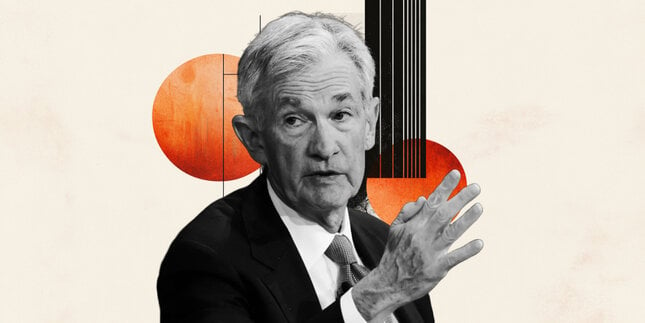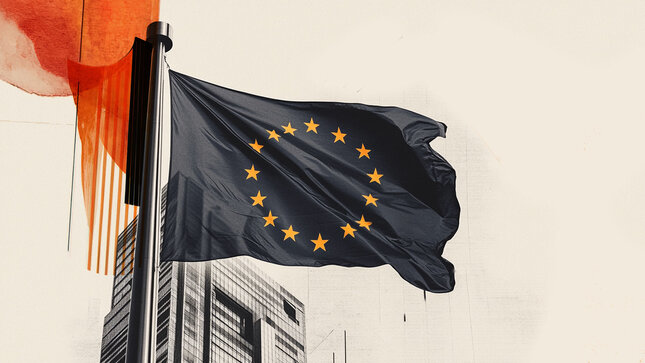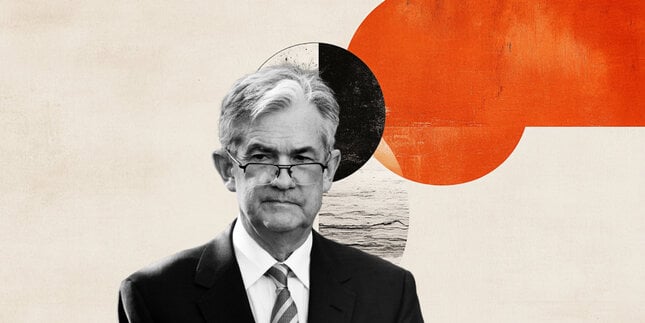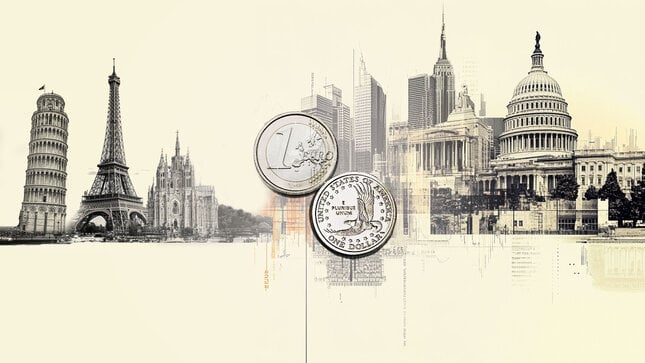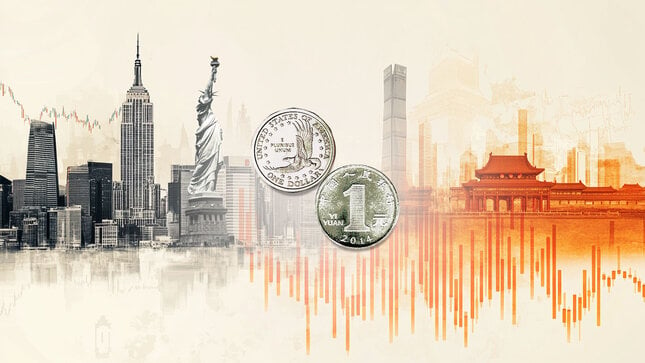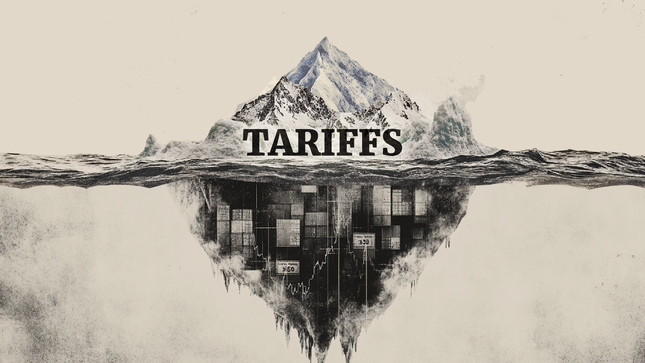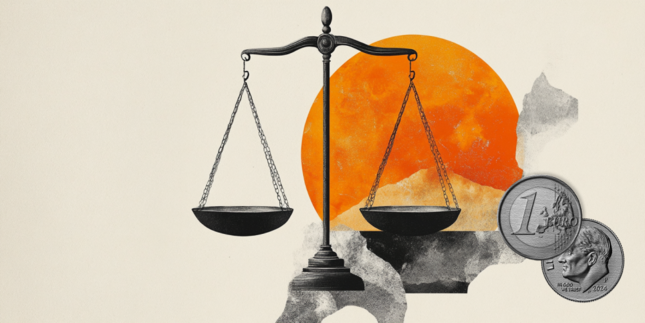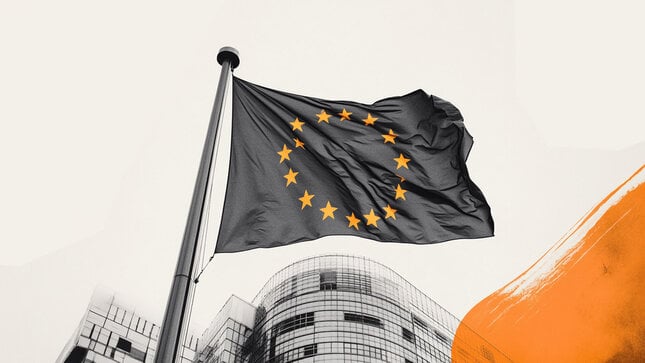EUR/USD continues to muddle along ahead of key Fed showing
- EUR/USD found mild technical support from 1.1300 on Tuesday.
- Wednesday’s key Fed rate call looms large ahead in the midweek.
- Fed expected to maintain rates, but markets hoping for Fedspeak pivot.
EUR/USD muddled through Tuesday’s market action, marking out a fresh near-term consolidation range near the 1.1300 major handle as Fiber traders wait for a reason to move. The Federal Reserve’s (Fed) midweek rate call is the key data event this week, keeping investor sentiment chained to its post for the time being.
The Fed’s upcoming rate decision on Wednesday remains the primary focus for markets this week. While many expect the Fed to maintain current rates, investors will closely monitor comments from policymakers, especially Fed Chair Jerome Powell, for any indications that a shift towards a rate-cutting cycle might occur sooner than anticipated.
Recently, the Fed has faced mounting pressure to reduce interest rates. Market participants are consistently seeking lower financing costs, while the Trump administration has been notably vocal, insisting that the Fed should lower rates to ease US debt servicing expenses. However, this stance contradicts the Fed’s dual mandates of promoting full employment and controlling price stability, points that seem to be overlooked by President Donald Trump.
EUR/USD price forecast
EUR/USD appears to have found an interim bottom just above the 1.1200 handle, with price action bolstered north of the 1.1300 region. Fiber has eased from multi-month highs posted just north of 1.1500, but downside momentum remains limited as Euro traders await key market developments before pushing too hard in either direction.
EUR/USD daily chart

Euro FAQs
The Euro is the currency for the 19 European Union countries that belong to the Eurozone. It is the second most heavily traded currency in the world behind the US Dollar. In 2022, it accounted for 31% of all foreign exchange transactions, with an average daily turnover of over $2.2 trillion a day. EUR/USD is the most heavily traded currency pair in the world, accounting for an estimated 30% off all transactions, followed by EUR/JPY (4%), EUR/GBP (3%) and EUR/AUD (2%).
The European Central Bank (ECB) in Frankfurt, Germany, is the reserve bank for the Eurozone. The ECB sets interest rates and manages monetary policy. The ECB’s primary mandate is to maintain price stability, which means either controlling inflation or stimulating growth. Its primary tool is the raising or lowering of interest rates. Relatively high interest rates – or the expectation of higher rates – will usually benefit the Euro and vice versa. The ECB Governing Council makes monetary policy decisions at meetings held eight times a year. Decisions are made by heads of the Eurozone national banks and six permanent members, including the President of the ECB, Christine Lagarde.
Eurozone inflation data, measured by the Harmonized Index of Consumer Prices (HICP), is an important econometric for the Euro. If inflation rises more than expected, especially if above the ECB’s 2% target, it obliges the ECB to raise interest rates to bring it back under control. Relatively high interest rates compared to its counterparts will usually benefit the Euro, as it makes the region more attractive as a place for global investors to park their money.
Data releases gauge the health of the economy and can impact on the Euro. Indicators such as GDP, Manufacturing and Services PMIs, employment, and consumer sentiment surveys can all influence the direction of the single currency. A strong economy is good for the Euro. Not only does it attract more foreign investment but it may encourage the ECB to put up interest rates, which will directly strengthen the Euro. Otherwise, if economic data is weak, the Euro is likely to fall. Economic data for the four largest economies in the euro area (Germany, France, Italy and Spain) are especially significant, as they account for 75% of the Eurozone’s economy.
Another significant data release for the Euro is the Trade Balance. This indicator measures the difference between what a country earns from its exports and what it spends on imports over a given period. If a country produces highly sought after exports then its currency will gain in value purely from the extra demand created from foreign buyers seeking to purchase these goods. Therefore, a positive net Trade Balance strengthens a currency and vice versa for a negative balance.
Forex News
Keep up with the financial markets, know what's happening and what is affecting the markets with our latest market updates. Analyze market movers, trends and build your trading strategies accordingly.





